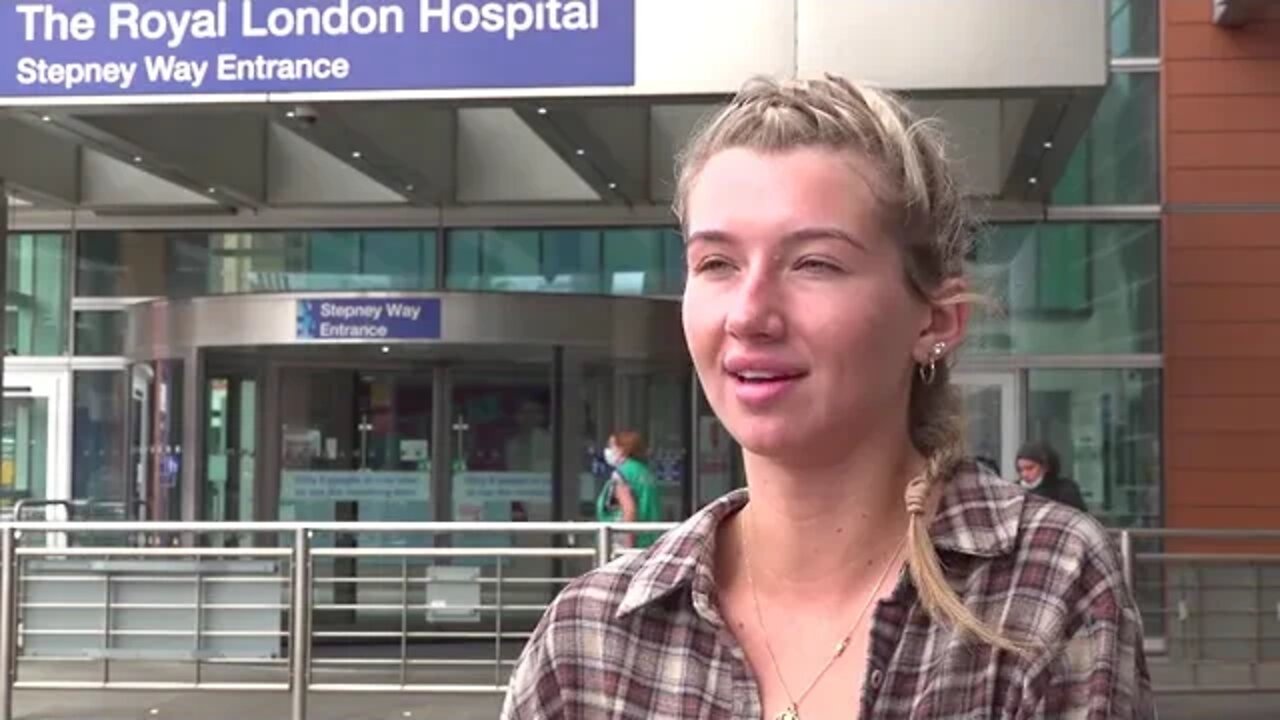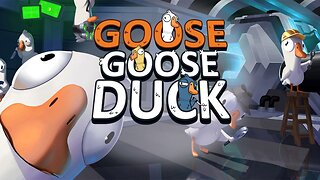Premium Only Content

'They're executing my child' Archie Battersbee's life support will be switched off
They're executing my child' Archie Battersbee's life support will be switched off
Is brain stem death the same as being in a vegetative state? And what are the chances of recovery?
Archie's doctors insist he is 'brain dead'. This is different to a 'vegetative state' which happens after extensive brain damage, like that suffered by F1 racing legend Michael Schumacher in a catastrophic skiing accident in 2013. It is permanent, meaning the affected person will never regain consciousness or start breathing on their own again. They are legally confirmed as dead, with the time on their death certificate logged when they fail a catalogue of tests.
The NHS says it can be 'confusing' because brain dead people can still have a beating heart and their chest will 'rise and fall with every breath'. However, this is solely down to life support machines — not because the person has miraculously regained the ability to do this themselves.
Occasionally, the limbs and torso can move. But this is simply down to reflexes triggered by nerves in the spine that are not linked with the brain. It does not indicate that the brain is still working. Whereas, it is scientifically possible for someone in a vegetative state to recover. This is because their brain stem, which controls breathing and heartbeat, still functions, meaning they may show signs of being awake — such as being able to open their eyes.
One year after going into a vegetative state, around 43 per cent will regain consciousness, 34 per cent die and 23 per cent are still vegetative. However, those who wake up are often minimally conscious, unable to communicate and have to be fed through a tube. Dozens of people claim to have beaten brain death in the past. Zack Dunlap, a 21-year-old from Oklahoma, told of how he heard doctors tell his family he was brain dead following a scan. But his arm moved while he was being prepared for organ donation. He later woke up, recovered and went home seven weeks later.
But the Neurocritical Care Society, a network of more than 2,000 healthcare workers, says it is impossible. Writing in an FAQ page, it said: 'If anyone claims to have recovered from brain death, then the diagnosis was incorrect.'
The brain stem is located at the bottom of the brain and controls consciousness, awareness, breathing and the ability to regulate heart and blood pressure. If damaged - through trauma in Archie's case, or through bleeding, infections or tumours - it swells up but has no room to expand because it is encased inside the skull. This causes pressure to build up, leading to a drop in blood flow to the brain and damage to tissue. This pressure and swelling pushes the brain through a small opening at the base of the skull, which can not always be stopped or reversed.
When the brain stem stops working, it cannot send messages to the body to control any functions and cannot receive messages back from the body. This damage is irreversible. Six tests need to be met before a person can be declared as a brain stem death. These include the pupils not responding to light, having no cough or gag reflex and being unresponsive to pain.
-
 LIVE
LIVE
Due Dissidence
8 hours agoSchmuley TRASHES Shapiro, Maxwell Sings For Pardon, Uhuru Doc Preview - Live From St. Louis!
1,058 watching -
 DVR
DVR
Nerdrotic
3 hours ago $0.16 earnedMysteries of 3I/ATLAS | Forbidden Frontier #113
20K1 -
 UPCOMING
UPCOMING
IsaiahLCarter
11 hours agoAPOSTATE RADIO EPISODE 027: Return of the Queen Apostate (Guest: Evan Barker)
39 -
 2:04:21
2:04:21
vivafrei
22 hours agoEp. 278: D.C. Peace Wave! Big Tish & Nipple Judge SPANKED! "Maryland Man" Trafficker FREE & MORE?
42.3K52 -
 LIVE
LIVE
RaikenNight
1 hour agoGoose Goose Duck then I am Building MInis
61 watching -
 11:52
11:52
Exploring With Nug
2 hours ago $0.07 earnedWhat’s Hiding Under This Dallas Lake We Found a Vehicle!
14.6K3 -
 LIVE
LIVE
Phyxicx
3 hours agoRocket League with Rance tonight! - 8/24/2025
30 watching -
 LIVE
LIVE
ManoloCalifas
39 minutes ago🔴 LIVE - DARK SOULS 3 SEAMLESS CO-OP
26 watching -
 2:59:09
2:59:09
Barry Cunningham
8 hours agoBREAKING NEWS: PRESIDENT TRUMP SET TO TAKEOVER CHICAGO AND BOSTON!
33K27 -

LumpyPotatoX2
3 hours agoSunday Funday on HellDivers - #RumbleGaming
19.5K